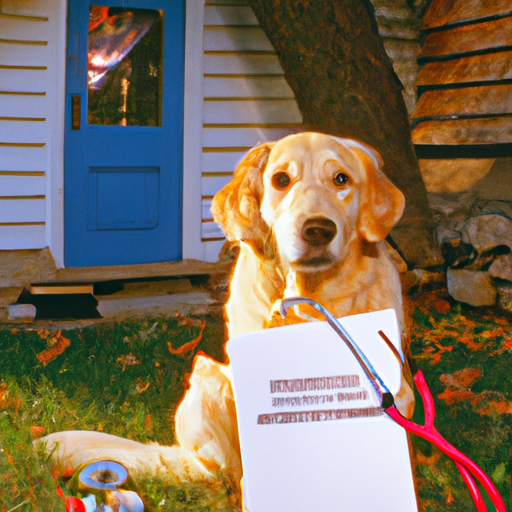Pets are more than just animals; they’re members of our family. As a caregiver, you naturally want to ensure the best for your furry friend. One of the ways to do this is through pet insurance.
1. Understanding the Basics of Pet Insurance
Just like health insurance for humans, pet insurance is designed to cover unexpected health costs. This includes everything from minor issues like flea treatments to major incidents like surgeries. The insurance can be a lifeline in times of sudden health emergencies.
- Premiums: This is the amount you pay monthly or annually for your pet insurance.
- Deductibles: The amount you pay out-of-pocket before the insurance kicks in.
- Reimbursement Level: The percentage of the vet bill the insurance will cover after the deductible.
2. Factors Affecting the Cost of Pet Insurance
Various factors can affect the cost of your pet’s insurance. Here’s a glimpse into some of them:
- The Breed of Your Dog: Some breeds are more prone to health issues than others. For instance, a German Shepherd may have higher insurance costs than a Beagle due to their predisposition to hip dysplasia.
- Age of Your Dog: Older dogs typically have higher insurance costs due to an increased risk of health problems.
- Your Location: Vet costs vary by location, and this affects the cost of insurance. Urban areas tend to have higher vet costs.
3. Average Cost of Pet Insurance for Dogs
To give you a general idea, here’s a table showcasing the average monthly cost of pet insurance for dogs based on different breed types:
| Breed Type | Average Monthly Cost |
|---|---|
| Small Breeds | $30 – $40 |
| Medium Breeds | $40 – $50 |
| Large Breeds | $50 – $70 |
Remember, these are just estimates and the actual cost may vary.
4. Is Pet Insurance Worth It?
While the cost of pet insurance may seem steep, it’s important to consider the potential costs of unexpected vet bills. A single surgery can cost thousands of dollars, and chronic conditions can require long-term treatment.
Pet insurance offers peace of mind knowing that you’re financially prepared for these potential health issues. However, it’s important to carefully consider your financial situation and your pet’s health before making a decision.
5. Choosing the Right Pet Insurance
With a plethora of options available, choosing the right pet insurance can be overwhelming. Here are a few tips to help you:
- Compare Different Providers: Check out different providers and their plans. Compare their coverage, costs, and customer reviews.
- Understand What’s Covered: Some plans cover only accidents, while others cover both accidents and illnesses. Make sure to understand what’s included and excluded in the plan.
FAQ
Q: Can I get pet insurance if my dog has pre-existing conditions?
A: It depends on the provider. Some providers may not cover pre-existing conditions, while others might if the condition has been cured and symptom-free for a certain period.
Q: Does pet insurance cover routine vet visits?
A: Most pet insurance plans do not cover routine vet visits, vaccinations, or spaying/neutering. However, some providers offer wellness plans as an add-on for an extra cost.
Q: Can I use my vet with pet insurance?
A: In most cases, yes. Unlike human health insurance, pet insurance usually allows you to use any licensed vet.
Taking care of a pet is a great responsibility, but it’s also one of the most fulfilling experiences. By considering pet insurance, you’re ensuring your furry friend gets the best care possible.



